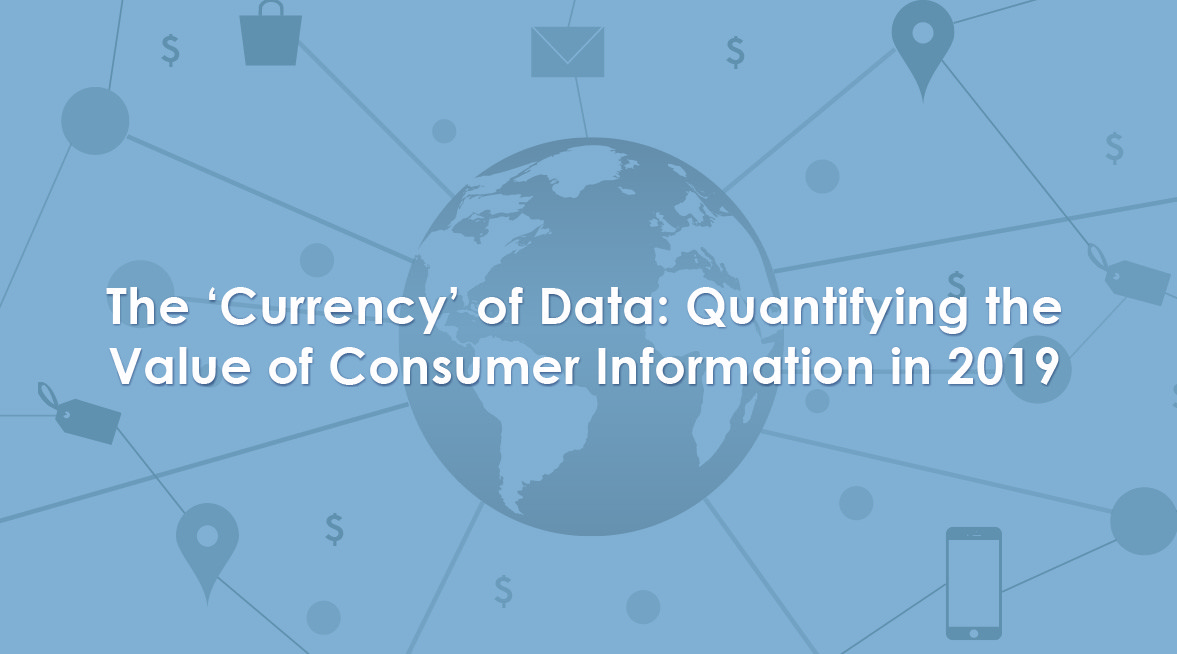There’s no denying the conversation around data privacy and consumers’ relationships with their data is only getting louder, as we’ve seen post GDPR and, more recently, with numerous stories regarding just how much companies are bending the rules when it comes to the access and usage of personal information. As more people awaken to the value of their personal information, the desire to be fairly compensated will increase. In our eyes, this rise of the “data aware” consumer will foster a new marketplace where personal information, not cash, becomes the preferred payment.
We conducted a 2,000-person study with the purpose of uncovering how people feel about privacy and how willing they are to share personal information with companies. The research dives into how consumers quantify the value of their information (like shopping history, mobile location data and other personally identifiable information) and what they would be willing to exchange for it with marketers. Here’s what we found:
- Almost two in three consumers are more aware of how their personal information is being used today than they were in 2017
- 60% would unveil their personally identifiable information (for free or at a price) to advertisers; 57% of these respondents place a $10 minimum value on their identity
- Consumers with household incomes of less than $50K are more likely to give their data for free; those making more than $50K are likelier to charge at least $5
- Consumers are less likely to part with their contact information (address, phone number) than they are their demographic information (age, parental status, education, income, marital status)
Our findings also show that only 33% of consumers permanently disable location tracking, which leaves the possibility for two thirds of consumers to still be offered relevant and targeted advertising. This is a huge opportunity for marketers to do what they do best when it comes to audience segmentation via location data.
The time is now for marketers to embrace the shift in dynamic between the consumer and the company. At the end of the day, there’s no right or wrong way of managing your marketing and advertising initiatives. What is most important? Marketers leaning into conversations around consumer privacy and incorporating those best practices into their already proven and comprehensive targeting strategies, especially when it comes to mobile.
To learn more about why today’s consumers want to share with brands in the first place and, more importantly, where they feel like their personal privacy is being intruded on (they’re less likely to part with their contact information than they are their demographic information), download our full white paper, “Quantifying the Value of Consumer Information in 2019” here.




